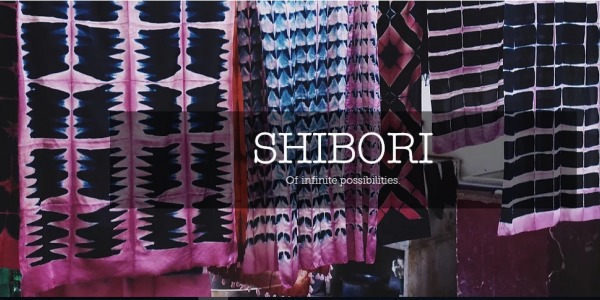Currency
| Free Shipping pan UAE on orders above 300 AED & GCC on orders above 1000 AED | Shop Independent Labels | Shop Local | #supportsmallbusiness |
Making of Kantha Silk Scarves
July 14, 2023

Unless you see the artisans at work, and understand the process from start to finish, it can be very difficult to grasp the vast amount of work that goes into hand crafting a product, no matter how simple it may seem.
One
Our kantha begins with a sari. The sari is made, then bought and worn by a woman somewhere in India. One day a sari-trader knocks on the door of the woman and asks if she has any saris to sell or trade. The sari passes to the hands of the sari-trader, who then passes it to another and finally another, and sometime later, the sari finds itself in New Delhi.
It's worth noting that this tradition of bartering off old saris is an old one. While saris are most often kept for decades, or handed down to people close to the family (such as servants), used or old pieces (saris as well as other clothing) can also be sold to a 'bhandiwali'. 'Bhandi' means utensils in Hindi. A bhandiwali will make her rounds of one particular area on a regular basis. When a woman wants to trade her used sari, she calls out to the bhandiwali who will come to her home and scrutinize all the clothes; the ones she thinks can be recycled will be traded for steel utensils; cups, pots, pans or ladles depending on the condition of the clothing she takes.
We source the saris from a community of Gujarati sari traders in Delhi. These sari traders themselves source the saris from a network of bhandiwalis who travel across India, buying and bartering goods for old saris, village by village and house by house




Validate your login
Sign In
Create New Account